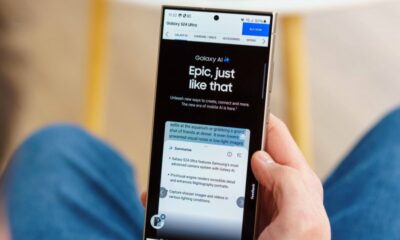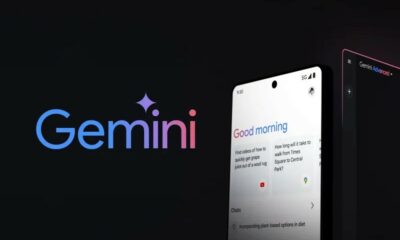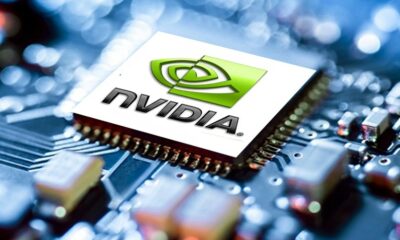The company announced this week that users of Dingtalk, the workplace communication platform from Alibaba Group, can now turn to AI agents from outside providers for assistance with a variety of tasks.
Over 200 AI-powered agents with a focus on enterprise-facing features, industry-specific services, and productivity tools are available in DingTalk’s newly launched marketplace.
The platform also improved DingTalk AI Assistant, its in-house created AI agent, so it can now take in data from more sources, such as photos and videos.
“We think AI agents have the potential to be the mainstay of applications in the future. Ye Jun, President of DingTalk, stated, “Our goal is for DingTalk’s AI Agent Store to become a preeminent center for the development and interchange of AI agents.”
AI agents, a type of software, are being used by businesses all over the world to increase productivity.
In a survey conducted by Accenture last year, the overwhelming majority of C-suite executives (96%) said they thought AI agent ecosystems would offer their companies a big opportunity over the next three years.
DingTalk is keeping up, with over 700 million users as of last year.
In April 2023, the platform made its first use of generative AI technology when it collaborated with Alibaba Cloud’s large language model Qwen to introduce DingTalk AI Assistant.
In less than a year, Dingtalk’s AI capabilities have been used by over 2.2 million corporations, including about 1.7 million monthly active enterprises.
Artificial Intelligence
With the ability to create and share AI agents on the platform, the most recent development of DingTalk positions it as a formidable ally for Software-as-a-Service (SaaS) companies as well as individual developers.
Similar to conventional chatbots, these computer programs react to natural language commands, but they offer far more features. They are capable of carrying out both inside and outside of the DingTalk platform, from planning trips to producing insights from business analyses.
Ye stated, “We anticipate the rise of a thriving commercial marketplace and a flourishing ecosystem centered around AI agents.”
The more than 200 agents on DingTalk’s marketplace have cross-application integration and industry-specific knowledge.
AI agents created by third parties are required to apply for approval before they can be listed on DingTalk in order to guarantee a high standard of service.
Advantage of Multimodality
DingTalk has improved its AI Assistant even more by making it multimodal, or able to process data in multiple formats.
Up to 500 pages of text can be processed at once by Dingtalk AI Assistant, and users can request summaries to expedite work and learning.
Dingtalk AI agent is also capable of understanding images and extracting data from photos, pictures, videos, and other media thanks to Qwen-VL, Alibaba Cloud’s large vision language model.
DingTalk AI Assistant’s comprehension of visual cues enables it to produce subtitles, interpret images, transcribe videos, and even look up more information in response to a graphic prompt.
For example, someone who happened to take a photo of one of the temples dotted around the shore of Hangzhou’s West Lake could upload it. A quick synopsis of the site’s past would be provided to the user.


 Technology4 weeks ago
Technology4 weeks ago
 Technology4 weeks ago
Technology4 weeks ago
 Technology4 weeks ago
Technology4 weeks ago
 Business4 weeks ago
Business4 weeks ago
 Technology4 weeks ago
Technology4 weeks ago
 Technology4 weeks ago
Technology4 weeks ago
 Technology3 weeks ago
Technology3 weeks ago
 Technology4 weeks ago
Technology4 weeks ago












